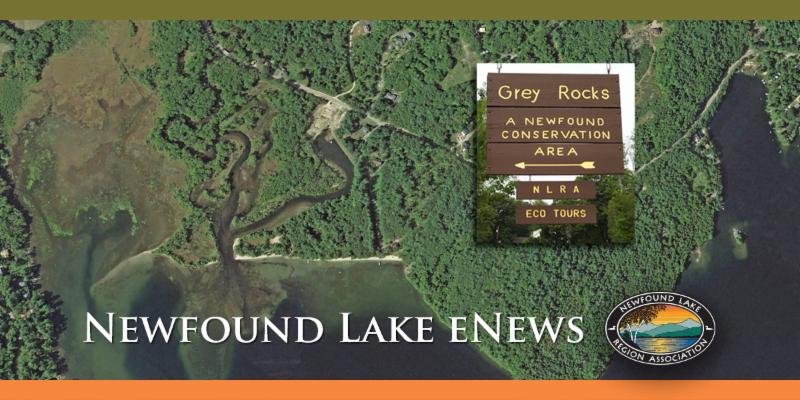
The Story of Grey Rocks, Part 5: Wildlife of Grey Rocks
By Andrew Veilleux, Program Manager
NLRA’s Grey Rocks Conservation Area holds different meanings for different people. The property has been used by Native Americans as a fishing camp, young women attending Camp Grey Rock and most recently by boaters as the Newfound Marina. At its peak, the Newfound Marina operated 6 buildings and dozens of boat slips, with heavy use of roads, walkways, and the surrounding water. Before the property was donated to NLRA in late 2011, structures were demolished and most of the evidence of decades of commercial use was removed.
The NLRA is keenly aware of the many unique conservation values of Grey Rocks’ 30-acres, and the importance of any decisions made about its future restoration and use. This eNews is the fifth of a six-part series that will tell the story of how Grey Rocks has become an example of practical and sustainable land-use practices. Each email will highlight an aspect of Grey Rocks’ restoration, and introduce you to how the NLRA is restoring the site.
The Wildlife of Grey Rocks
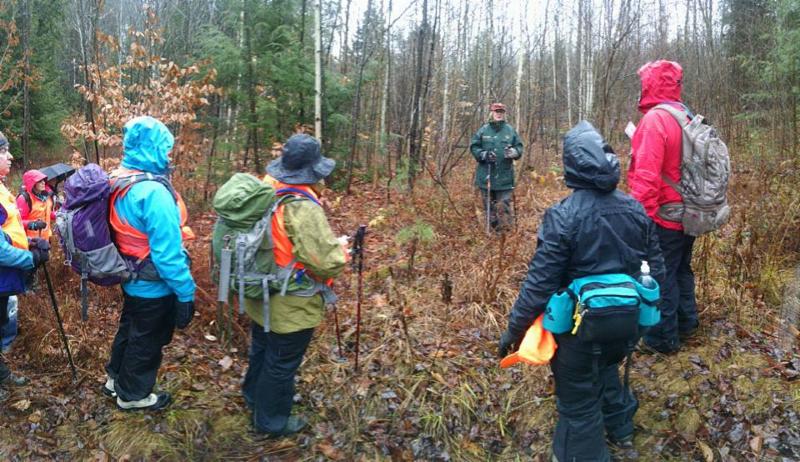 A well-known wildlife tracker, Sue Morse (pictured left), who has visited the Newfound Watershed several times has been known to say:
A well-known wildlife tracker, Sue Morse (pictured left), who has visited the Newfound Watershed several times has been known to say:
“Half of wildlife tracking is knowing where to look. The other half is looking.”
One of the most common places to look is at habitat boundaries, for example where a forest meets a meadow, or a meadow meets a stream. These places are hotspots for wildlife because of the benefit that the intersection of habitats provides. At Grey Rocks, it is remarkable how many types of habitat intersect, including wetlands, vernal pools, forests, open areas, a river, and a lake.
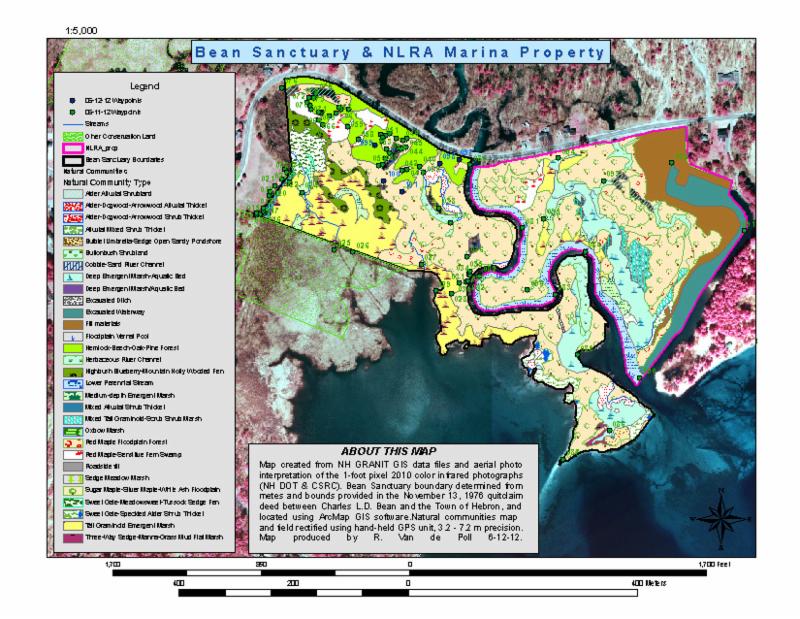
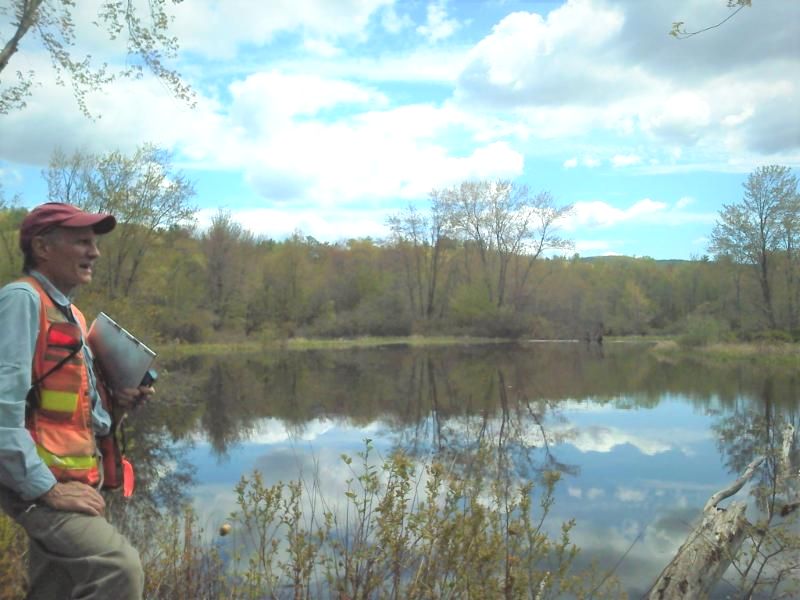
In 2012, ecologist Rick Van De Poll visited Grey Rocks Conservation Area and neighboring Charles L. Bean Sanctuary to perform a rapid ecological assessment of wildlife found on the two properties. In a very short time, Rick identified astonishing natural diversity through sightings, audible calls, and tracks: 21 mammals, 59 birds, 10 fish, 4 reptiles, 9 amphibians and 71 invertebrates.
Rick estimated that, with the exception of invertebrates, these amounts represented only about half of the species that could be found on the two properties. Some of the most surprising species recorded included the yellow‐billed and black‐billed cuckoo, willow flycatcher, and a 70+ pound snapping turtle! It is not uncommon to see some rare species at Grey Rocks like the Bald Eagle, Common Loon, Moose and American Bittern.

The best we can do for wildlife is protect their native habitat and the connectivity of natural areas. With the demolition of the Newfound Marina and restoration of Grey Rocks the NLRA has completed the ecological connection of Newfound’s north shore from the Bear Mtn. Sanctuary in the west to Paradise Point in the east.
With its floodplain forests and other wetlands, Grey Rocks provides an important natural buffer to the Cockermouth River. It’s no surprise that evidence of Native American activity is concentrated at the river delta, as this area has been a productive and diverse habitat for centuries. With permanent conservation and ongoing restoration, we hope wildlife at Grey Rocks and beyond will become increasingly established and resilient to natural and human impacts.
Plant of the Month: Witch Hazel
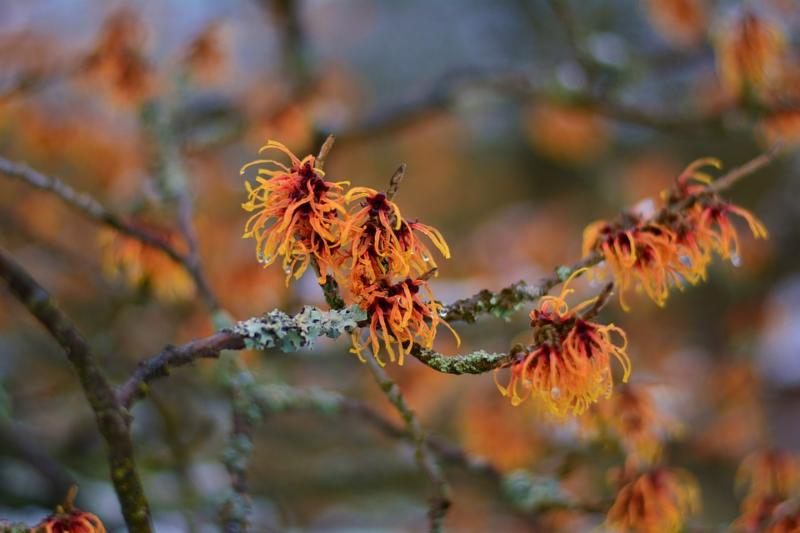 Witch Hazel will be one of Grey Rocks’ earliest bloomers this spring. Walk along the north shore near the boat ramp and dock to see some Witch Hazel’s red blossoms, starting in early to mid-April. This plant can grow as tall as 12’ and expand to a similar width if not pruned. Most of us know the plant’s name from its pharmaceutical use. The medicine most familiar to us is extracted from the bark of the plant. Other uses can be derived from the flower and bark in the form of teas and oils, though any oral use should be limited.
Witch Hazel will be one of Grey Rocks’ earliest bloomers this spring. Walk along the north shore near the boat ramp and dock to see some Witch Hazel’s red blossoms, starting in early to mid-April. This plant can grow as tall as 12’ and expand to a similar width if not pruned. Most of us know the plant’s name from its pharmaceutical use. The medicine most familiar to us is extracted from the bark of the plant. Other uses can be derived from the flower and bark in the form of teas and oils, though any oral use should be limited.
Grey Rocks Sponsorship
Become a part of Grey Rocks by sponsoring a bench, picnic table, or tree. Sponsors make a visible and lasting contribution to our mission to protect the Newfound watershed, and receive recognition for their contribution though engraved plaques with text of your choosing. Please contact the NLRA for more information and prices at info@newfoundlake.org.
Want to learn more about Grey Rocks? Click here or follow us on Facebook!
